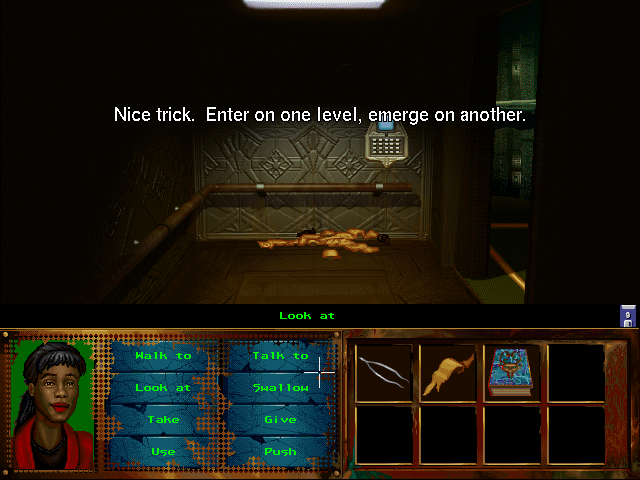

Always, at all times, she retreats to silence to protect herself. Her reply to the invective of the racist internment process is silence. Her response to sexual abuse at the hands of Old Man Gower is silence. Aunt Emily recalls that, "You never spoke. Imagining herself without silence is impossible, unthinkable.Įven in the absence of the ever-growing tragedy of the internment campaign, silence was native to Naomi. To turn from this silence and withdrawal into unbreakable stone would be to invalidate the world from which Obasan sprang and Naomi sheltered within for protection. She has learned it well, its idioms, its nuances" (17). No one better represents the power of silence than Obasan, a traditional Japanese woman in every way. The culture in which she exists honors silence as the best solution to pain.

More than merely a choice, it is a defining base upon which she has built her life. There is a silence that will not speak" (1). The key to her existence, to her identity within her culture, is a steadfast, elemental silence. She sees no way of surrendering the cloak of silence without abandoning her heritage and exposing herself to hopeless, unbearable despair. Naomi's identity, formed in the nation of Canada yet grounded in the culture of the Japanese, obligates her to a painful, grief-stricken silence about the horror of internment that yet protects her from far worse agony. Her conflict forms a microcosm for the divided mind of the Nisei as a whole, and her solution of honoring the silence that speaks love while abandoning the silence that speaks grief offers a hope of rejoining the shattered Japanese-Canadian community. In Joy Kogawa's poignant novel Obasan, the protagonist Naomi is impossibly drawn between a duty to silence, hiding her pain to honor her cultural heritage, and a desperate need to speak and to hear, to ask and answer the questions that have haunted her since youth. Sometimes, this solution encompasses neither option exclusive of the other, but honors both. To surmount the rift, the individual must craft a bridge of reflection and understanding that may somehow unify the two calls of the heart to the best solution. To be torn asunder between two conflicting obligations, desires, or essentialities is to be thrust into a tempest of instability, both in control of and hopelessly subject to the powerful draw of incompatible paths. On the eve of the American Civil War, future president Lincoln declared, " A house divided against itself cannot stand." The principle applies equally to the house of the mind as to the house of the nation.


 0 kommentar(er)
0 kommentar(er)
